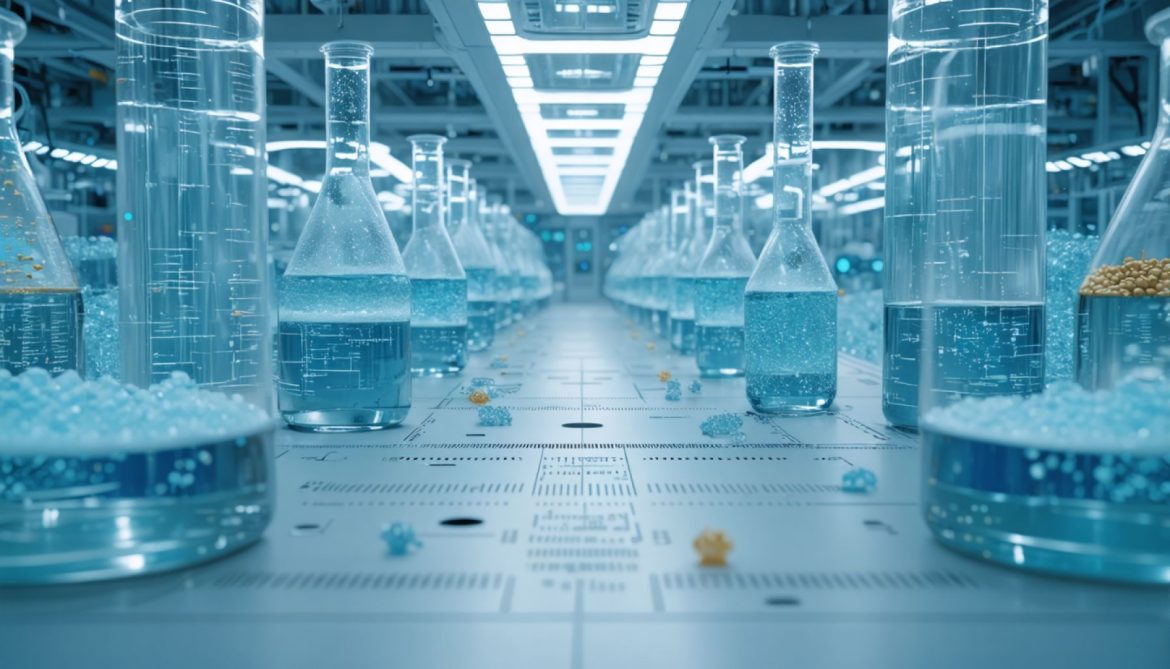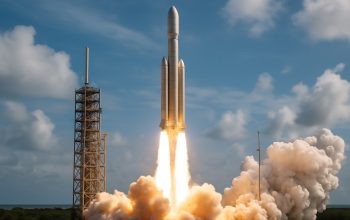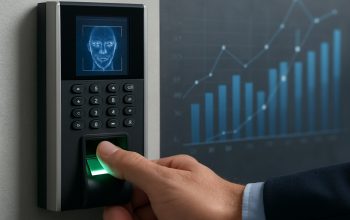- The Biotechnology Separation Systems market is experiencing significant growth driven by the demand for precision and efficiency in separating complex biological mixtures.
- Key players like Danaher, Merck, and Thermo Fisher Scientific are leading this transformation through innovation and strategic maneuvers.
- Critical methodologies such as membrane filtration, liquid chromatography, and centrifugation are rapidly advancing with technological progress.
- Globalization of supply chains enhances the accessibility of advanced separation systems, fostering market expansion in regions like North America, Europe, and Asia-Pacific.
- Despite challenges from regulations and sustainability demands, the opportunities for growth are substantial across healthcare, research, and commercial sectors.
- The application of these technologies ranges from pharmaceutical development to food production, highlighting the market’s diverse scope.
- Strategic foresight is essential for stakeholders to effectively navigate market volatility and regulatory complexities.
- The future hinges on embracing innovation, prioritizing sustainability, and leveraging emerging markets.
In recent years, the Biotechnology Separation Systems market has witnessed a remarkable transformation, driven by an insatiable demand for precision and efficiency in separating complex biological mixtures. The fusion of advancing technology and an expanding array of applications has carved a path for unprecedented growth.
Imagine a world where intricate cellular structures can be dissected with impeccable accuracy. Now, consider this happening at an industrial scale, fueling groundbreaking advancements across healthcare, research, and commercial domains. This is the reality being crafted by the pioneers of Biotechnology Separation Systems.
Among the titans steering this revolution are industry giants such as Danaher, Merck, and Thermo Fisher Scientific. These companies, among others, are not only setting benchmarks in innovation but are redefining the competitive landscape through strategic prowess and technological integration.
The core methodologies driving these advances—membrane filtration, liquid chromatography, and centrifugation, to name a few—are evolving with rapid technological strides. This evolution is further bolstered by the globalization of supply chains, which facilitates ubiquitous access to these sophisticated separation systems.
As markets in North America, Europe, and Asia-Pacific burgeon, new trends are emerging. Regions once considered outliers are now becoming vital players, reshaping the global dynamics of biotechnological separation. Despite challenges—such as stringent regulations and the perennial push for sustainable practices—the opportunities for growth are boundless.
A critical aspect of this expansion is the multifaceted application of separation technologies. From streamlining pharmaceutical development to enhancing food production processes, the potential is vast. This diversity not only broadens the market’s scope but also underscores the demand for continued innovation and collaboration across industry lines.
However, with immense opportunity comes the necessity for strategic foresight. Businesses must navigate a landscape littered with regulatory complexities and market volatility. For stakeholders, the challenge is clear: to harness advancements in biotechnology separation while mitigating associated risks.
The takeaway is vital for anyone invested in this space: embrace innovation, strategize for sustainability, and capitalize on emerging geographic markets. The future of Biotechnology Separation Systems is not just about keeping pace with technology but leading the charge toward an era where scientific precision meets commercial viability seamlessly.
In a world where the future beckons with infinite possibilities, the Biotechnology Separation Systems market stands at the forefront, offering a glimpse into a domain where science and industry converge to craft tomorrow.
Unleashing the Future: Why Biotechnology Separation Systems Are Revolutionizing Industries
Introduction
The biotechnology separation systems market is evolving rapidly, driven by the need for precision and efficiency in separating complex biological mixtures. Companies such as Danaher, Merck, and Thermo Fisher Scientific are leading the charge, shaping a future where intricate biological processes are increasingly manageable at an industrial scale.
Core Technologies
1. Membrane Filtration: This process is crucial for purifying and concentrating biological materials. Technologies such as ultrafiltration and microfiltration are frequently employed in pharmaceutical production to ensure product purity.
2. Liquid Chromatography: Essential for separating proteins, DNA, and other critical biomolecules. Advances in this technology are enhancing throughput and resolution, pivotal for drug development.
3. Centrifugation: This technique, used for separating cellular components, continues to witness improvements in speed and accuracy, necessary for both research and clinical applications.
New Trends and Regional Growth
– Global Expansion: North America, Europe, and Asia-Pacific remain dominant players, but other regions are emerging as critical markets thanks to technological investments and favorable regulatory environments.
– Sustainability: Eco-friendly practices are in high demand. Companies are integrating sustainable methods to reduce waste and energy consumption, aligning with global environmental goals.
How-To Steps & Life Hacks
– Efficient Lab Setup: For researchers and lab technicians, optimize the workflow by strategically placing separation system components to minimize delay and enhance precision.
– Maintenance: Regular calibration and maintenance of equipment can extend machine life and improve accuracy, reducing downtime.
Market Forecasts & Industry Trends
– Growth Projections: The global biotechnology separation systems market is expected to grow significantly over the next decade. Analysts foresee a compound annual growth rate (CAGR) of around 7-9%, underpinned by increasing pharmaceutical demands and innovation in biotech.
– Collaborative Efforts: The convergence of bioinformatics and separation technology is creating smarter systems, driving efficiency and accuracy across industries.
Reviews & Comparisons
– Product Evaluations: Firms like Danaher and Thermo Fisher Scientific are praised for robust systems that offer high throughput and reliability. Merck’s innovations in membrane technologies are also well-regarded for their scalability and efficiency.
Controversies & Limitations
– Regulatory Challenges: Strict regulations can slow innovation and expansion. Companies must invest in robust compliance strategies to navigate these hurdles effectively.
– Cost Barriers: The high initial investment can be a barrier for smaller firms, but advancements in technology could lead to more cost-effective solutions.
Features, Specs & Pricing
– Customization: Modern systems offer customizable features, allowing businesses to tailor the technology for specific applications, from pharmaceutical production to academic research.
– Pricing: Competitive pricing and financing options are becoming more common, making these systems more accessible to growing markets.
Security & Sustainability
– Data Security: With the increase in digital integration, ensuring data security in biotech operations is paramount. Companies are investing in robust cybersecurity measures to safeguard sensitive information.
– Sustainability: Eco-friendly solvents, energy-efficient processes, and recyclable materials are becoming integral to operation strategies.
Insights & Predictions
– Biotechnology separation systems will likely continue evolving towards more automated and artificial intelligence-integrated solutions, enhancing precision and reducing human error.
– Expansion into untapped markets and sectors, such as agriculture and waste management, is on the horizon, indicating the vast applicability of these technologies.
Actionable Recommendations
1. Invest in Innovation: Continuous R&D investment is key to staying competitive and addressing emerging market needs.
2. Focus on Sustainability: Implement eco-friendly practices to appeal to environmentally conscious consumers and comply with regulations.
3. Explore New Markets: Look beyond traditional markets, especially in emerging economies, to find new growth opportunities.
4. Stay Compliant: Navigate regulatory landscapes effectively to mitigate potential risks. Partnering with compliance experts can provide the necessary insights and strategies.
Conclusion
Biotechnology separation systems are at the crux of a transformative era in both science and industry. As innovation continues to push boundaries, companies and stakeholders must adapt swiftly, strategizing for a future where precision and efficiency are intertwined with commercial and environmental viability. For more insights, visit Thermo Fisher Scientific, Danaher, and Merck.



